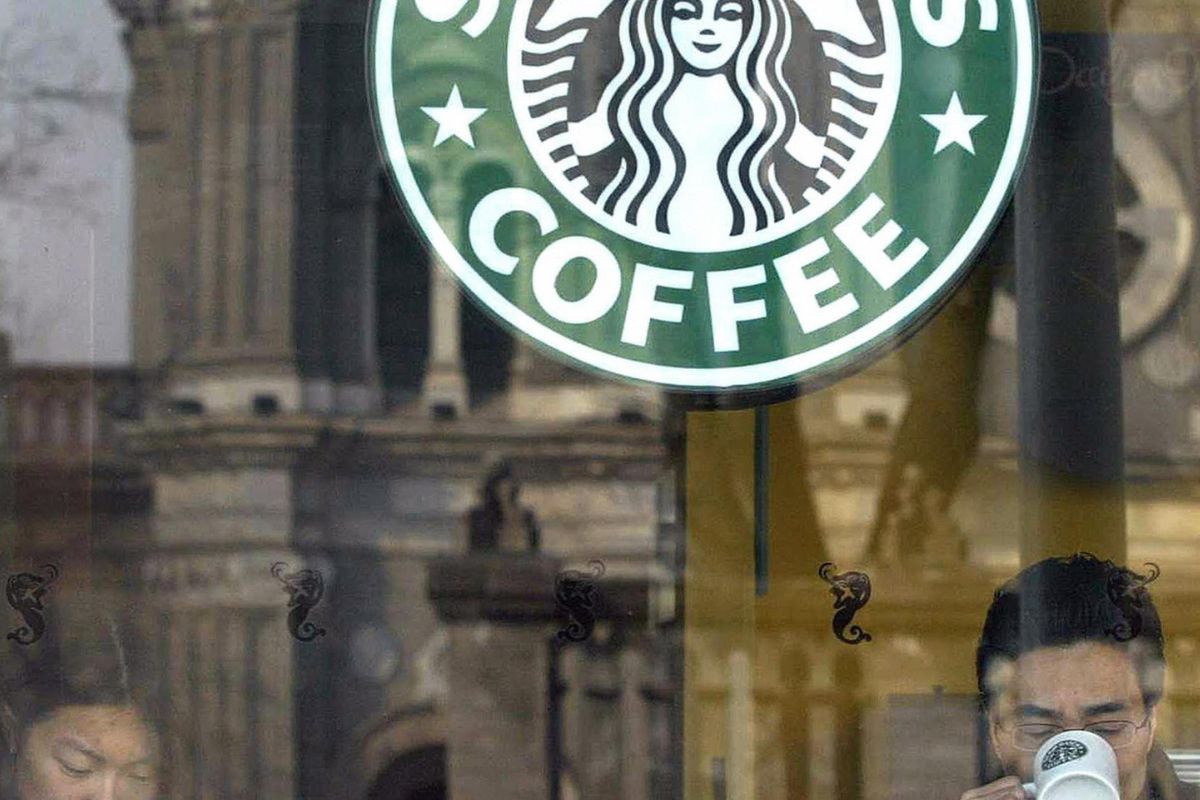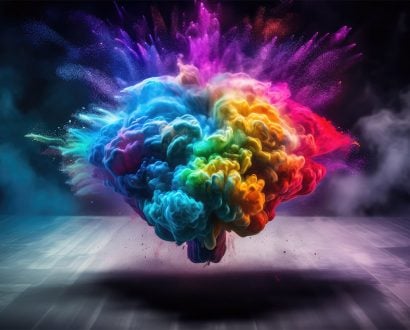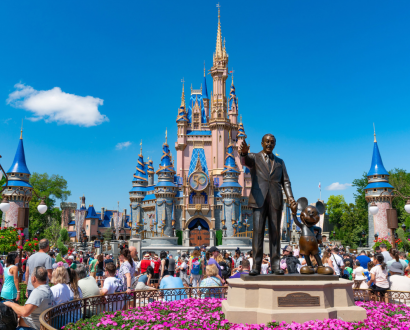Born in Seattle in 1971 as a humble space for coffee lovers to meet, Starbucks has since become a world-class disruptor with a global brand recognized from London to Tokyo and everywhere in between.
Fittingly, its expansion was, in fact, inspired by a cup of coffee, with then-Starbucks employee Howard Schultz enjoying an espresso while on a trip to Milan in 1983. As he sipped, he had the idea to expand Starbucks from a Seattle-based coffee hub to a national chain.
“The success of Starbucks’ branding is in no small part a reflection of its commitment to customer convenience and loyalty.” – Mark Christou
However, the Founders of Starbucks disagreed and Schultz left the firm in 1985 to build his own Il Giornale coffeehouse chain, which proved to be an instant success.
When Starbucks’ Founders decided to sell the firm, Schultz bought it to realize his original dream for the company, embarking on an ambitious expansion plan. Since then, with more than 35,000 stores in more than 80 countries, the American company hasn’t just become the largest coffeehouse chain in the world, it’s also ranked as one of the most iconic brands ever created.
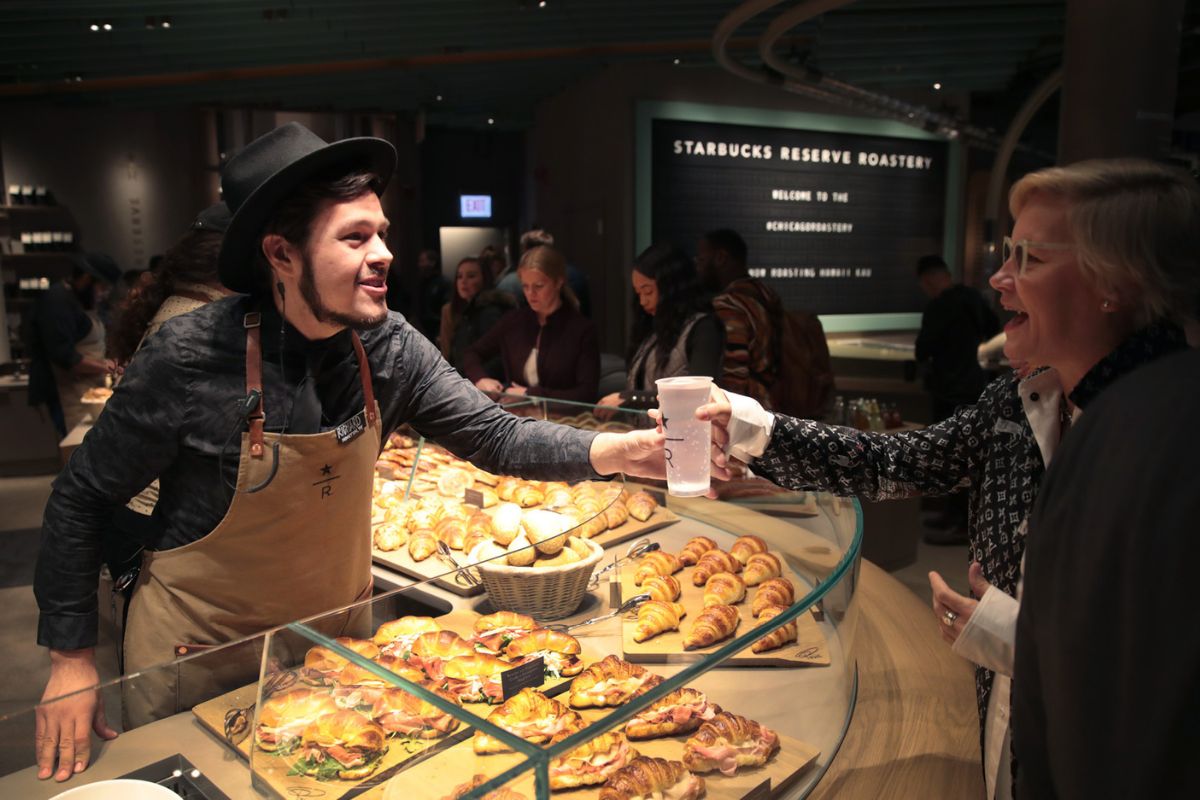
Branding success
A great deal of the success enjoyed by Starbucks over the past half-century can be attributed to its internationally recognized brand.
“From the start, they recognized they were selling an experience over a product. It was always about so much more than the coffee,” explains Matt Egan, Managing Director of Strategy at global brand experience firm Siegel+Gale. “This helped them to take an expansive view of their brand and do things that others wouldn’t.”
Before the appearance of Starbucks stores in cities and towns across the world, the concept of a third space between work and home – where people can take a break, read, meet with friends or just sip a coffee – wasn’t anywhere near as popular as it is today.
Going above and beyond to ensure customers can customize their beverages has helped foster extremely high levels of loyalty and means there is always a new coffee concoction to try. Even as coffee combinations have become more complex, Starbucks staff are still more than happy to make exactly what the customer wants.
“They embraced near-constant experimentation – from new products and new store formats to commercial and technology innovation,” Egan adds.
“They embraced near-constant experimentation – from new products and new store formats to commercial and technology innovation.” – Matt Egan
According to a recent report from brand valuation consultancy Brand Finance, Starbucks is now the most valuable restaurant brand – in 2023 it is worth more than US$53 billion. No single strategy or innovation is responsible for this immense brand power, with a consistent flow of customer-first projects and launches helping to boost the brand, even when missteps take place.
From developing the iconic Starbucks cup to creating a rewards app so popular that customers currently store more than US$2 billion in their accounts, every element of the Starbucks experience is a true extension of the overarching brand.
“The success of Starbucks’ branding is in no small part a reflection of its commitment to customer convenience and loyalty. The ease at every touchpoint ensures that Starbucks customers feel an inherent connection to the brand,” says Mark Christou, Principal at brand strategy and design agency CBX.
Even seemingly small elements, such as asking for a customer’s name to write on a cup, go a long way toward building a strong connection with the brand. Embracing a digital future by redesigning stores to make the takeaway pick-up experience easier also removes friction for purchases.
However, Christou cautions that Starbucks can’t afford to get complacent and simply rely on past innovations to remain a global leader.
“Starbucks’ future once again relies upon its capacity to innovate and to speak to the aspirations of its consumer,” he says.
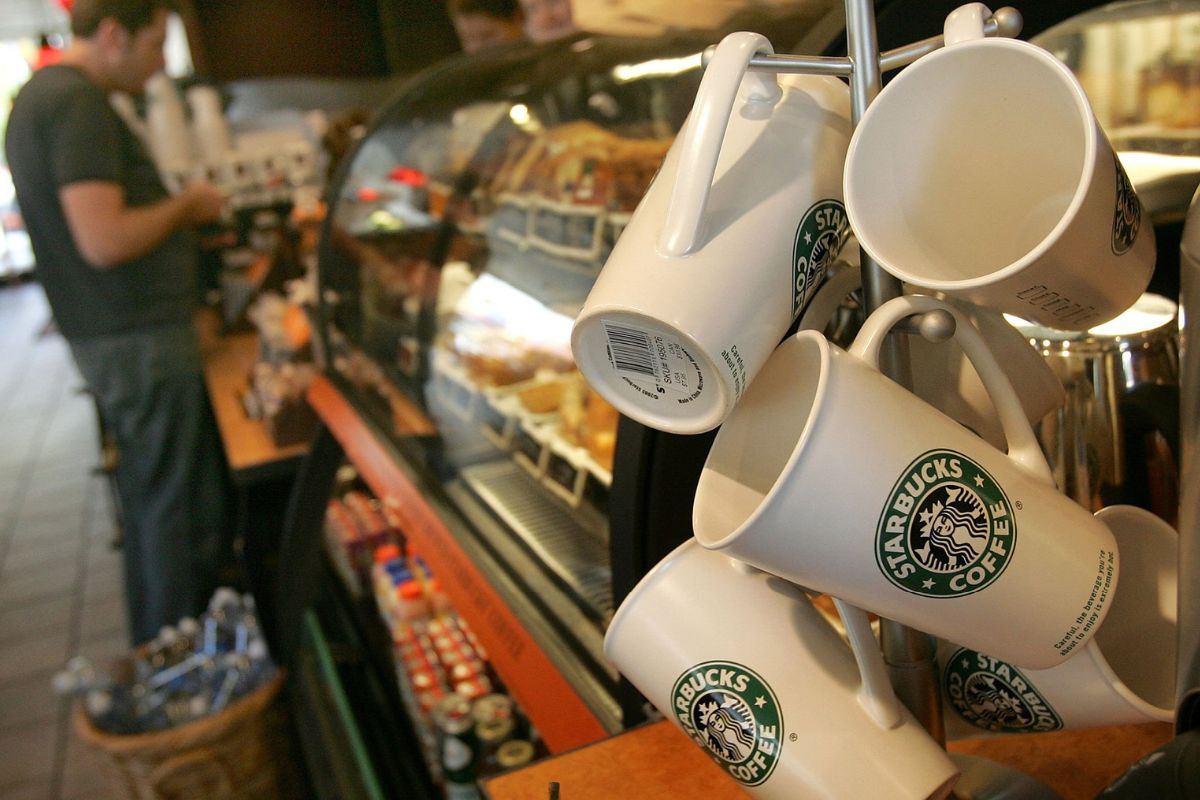
Constant renewal
Dozens of competitors on local, national and international levels are continually challenging the dominance of Starbucks and seeking to attract customers away with a more personal service, higher-quality coffee and other incentives.
In this extremely competitive market, the brand Starbucks has built has helped it to stay ahead of new competitors.
“What Starbucks has also been good at doing is reinvention,” says David Mayer, Senior Partner for Marketing and Customer Strategy at the global creative consultancy Lippincott.
“Over the years, Starbucks has successfully disrupted itself to redefine the offer and adapt to changing needs.” – David Mayer
Lippincott worked with Starbucks during a period when the company wanted to try a new approach and set out to innovate. The creative consultancy helped design for a new paradigm, which saw the brand expand beyond just coffee and prioritize valued adaptation for local market needs.
“The evolution of the identity to the current green siren brand was a clear signal of change and acted as a call to action. For example, Starbucks closed all its coffee shops for a morning to reinforce its commitment to baristas and the art of coffee-making at the heart of its proposition,” Mayer explains.
Recent investments in the Starbucks Reserve concept, where higher-quality coffees are on offer in a premium cafe setting, are an effective method to refocus on the core of what Starbucks is known for and to continue the innovation cycle.
“No proposition stays fresh with consumers for long,” Mayer points out. “Over the years, Starbucks has successfully disrupted itself to redefine the offer and adapt to changing needs.”
It is the iconic brand’s drive to continuously innovate and adapt to changing markets that has seen the company expand exponentially over the past 50 years. It’ll certainly be fascinating to see where this business strategy, which has proven so successful, will take the world’s most famous green siren in the years to come.

